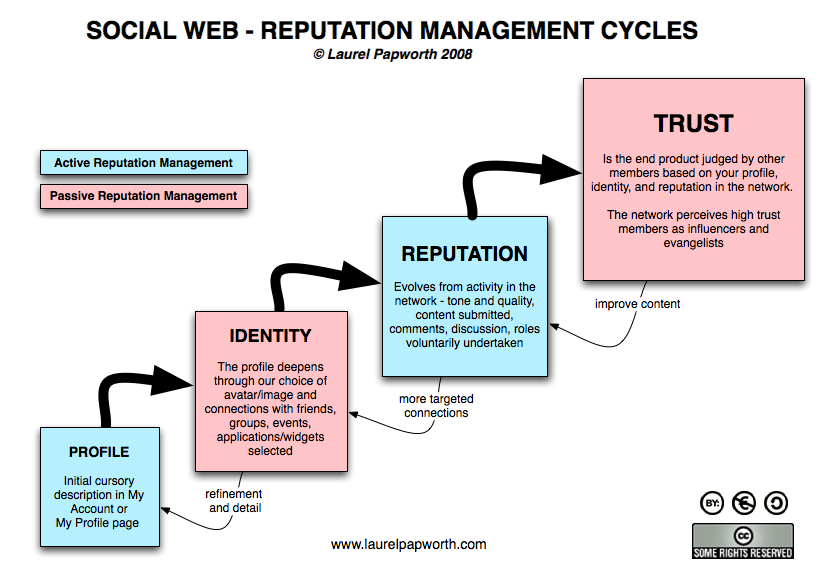Watch this video at Ayoka Productions
The Biblioburro
Every weekend, Luis Soriano, a primary teacher in La Gloria, Colombia, loads a collection of his own books into the “Biblioburro” pouches on his donkey’s back, and travels to remote villages to bring reading to children. Ayoka, the not-for-profit organization that filmed the Biblioburro video, provides some background information.
When Soriano was a child, his family fled local violence, moving to a city. Soriano not only found comfort in a library but had a teacher who encouraged him to read. When he became a teacher in his home town he discovered that most of his students couldn’t do their homework because they had no books at home, and so the Biblioburro was born.
He and his wife, Diana, have built (mostly by hand) La Gloria’s first public library, where he can at last display and circulate his entire collection of books.
So what does the Biblioburro have to do with a 21st century library, you ask? Aside from the obvious — many people know about the Biblioburro thanks to YouTube, and Twitter — there is food for thought here for teacher librarians looking at harnessing the power of Web 2.0 for their schools. I re-discovered the Biblioburro thanks to an LM_Net post that arrived as I was reading the rather intimidating issue of School Libraries Worldwide – Volume 14 Number 2, July 2008.
The Demands of the 21st Century Learner
The theme of this issue is New Learners, New Literacies, New Libraries. The issue explores the ramifications of web 2.0, and the urgency of the need for change to accommodate today’s learners. School librarians need to demonstrate leadership 21st century skills, or risk being left behind. In these days of budget cuts and standardized testing, revamping our practice, our libraries, and our schools is certainly not an easy task for most of us.
So what exactly is so intimidating? In his article Youth and their Virtual Networked Worlds: Research Findings and Implications for School Libraries, Ross Todd looks at the challenges posed by today’s students. He says, “Key challenges for school libraries relate to conceptualizing the school library as a knowledge commons, shifting instructional emphasis from information provision to knowledge development, and engaging the whole school community in appropriate pedagogical and policy decisions in relation to Web 2.0.”
It isn’t enough just to use a few web 2.0 tools in the library; this is actually a dramatic shift involving one’s entire school.
Why so urgent? Todd cites the research of Marc Prensky. ‘Marc Prensky, educator and developer of game technology for learning, claims that young people are powering down in schools–not just their devices, but their brains. He claims: “It’s their after‐school education, not their school education, that’s preparing our kids for their 21st century lives – and they know it. …When kids come to school, they leave behind the intellectual light of their everyday lives and walk into the darkness of the old ‐fashioned classroom” (Prensky, 2008, pp. 41, 42). In this brave new world of Web 2.0, the visionary, creative and learning centered leadership of school librarians can play a vital role in turning on the lights.’
So how do we go about turning on these lights? In another article in SLW, Towards School Library 2.0: An Overview of Social Software Tools for Teacher-Librarians, Jo-Anne Naslund and Dean Giustini look at educationally useful web 2.0 tools, and how they can fundamentally alter the learning experience. ‘ʺWhen a studentʹs work is seen, and commented on, and collaboratively enhanced by a larger participative audience, students are drawn into extended educational ʹconversationsʹʺ (Hargadon, 2008).’
Another article giving extensive practical advice, and the most powerful article in this issue for me, is Towards a Transformative Pedagogy for School Libraries, by Marlene Asselin and Ray Doiron. They develop a “proposed pedagogical framework for school library programs in a Learning 2.0 environment” by answering these questions: “(1) Who are the new learners of the Net Generation?; (2) What literacies do today’s students need to live and work in the world?; (3) How do we teach the new learners?”
The article’s conclusion contains a call to action. “It is time to situate the new literacies of the real world in schools and make school libraries the bridge between in‐school and out‐of‐school literacies. “ It also identifies “actions necessary for libraries to advance these activities – studying today’s learners in order to develop meaningful user‐centered services and programs; engaging in a collaborative change process as a profession; embracing the need for immediate actions; taking risks; and accepting that learning will happen as you go.”
Other Practical Advice
Joyce Valenza’s Manifesto for 21st Century School Librarians, a living, evolving, wiki, provides a blueprint for tls looking for specific ways to upgrade their practice. In every area of librarianship, ranging from Reading to the Digital School Library and the Information Landscape to Access, Equity, Advocacy to Digital Citizenship, and much more, the wiki provides specific, hyperlinked criteria for using web 2.0 to meet the needs of your stakeholders 24/7.
We must ground our efforts in the context in which we live. In their article Things That Keep Us Up at Night, Joyce Valenza and Doug Johnson say, “Rather than creating a perfect library, we need to reshape our thinking and create the perfect library for our individual institution. . . . Teachers, administrators, parents, and students must demand the essential services we provide.”
And the Biblioburro?
I have felt rather overwhelmed by the fact that I have a ways to go to achieve 21st century librarian status, but when I look at what Luis Soriano has accomplished, I feel ashamed. If Luis Soriano can survive guerrilla warfare, displacement, and being held hostage by bandits to empower his students, then surely, with the expert assistance I’ve described, I can empower mine as a 21st century librarian.
I finish with this quote taken from the Ayoka site:
“Never doubt that a small group of thoughtful, committed citizens can change the world. Indeed, it’s the only thing that ever has.”
– Margaret Mead



